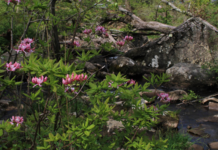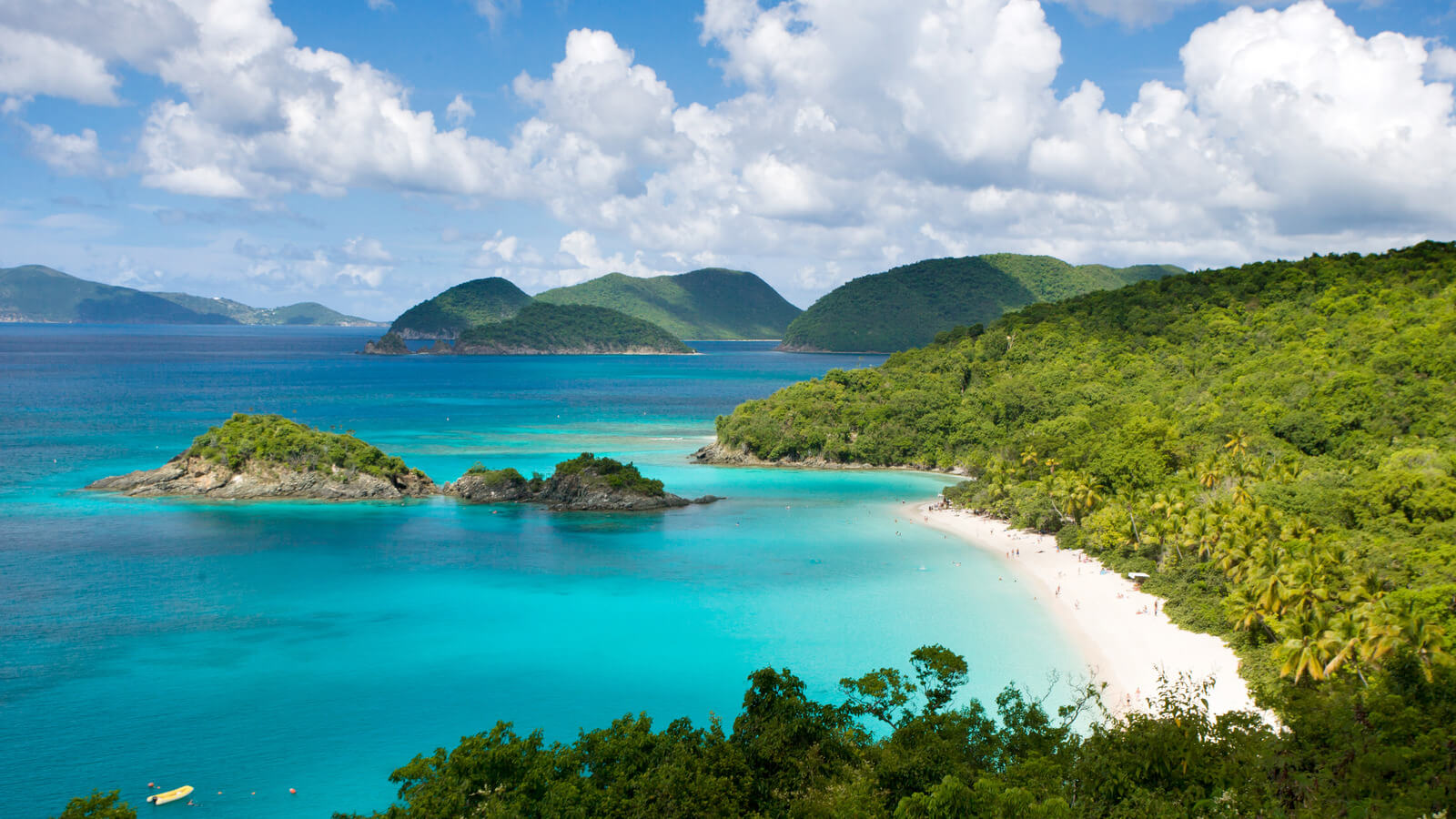St. John: A Verdant Paradise in the U.S. Virgin Islands
St. John, the smallest of the three main U.S. Virgin Islands, is a hidden gem in the Caribbean Sea. Known for its unspoiled beauty and commitment to eco-friendly tourism, St. John captivates the hearts of nature lovers and beach enthusiasts worldwide. This pint-sized paradise boasts some of the world’s best beaches, stunning hiking trails, and a verdant landscape, making it a must-visit destination for anyone seeking a tranquil escape.
Discovering St. John
Nestled within just 28 square miles, St. John is a unique blend of lush greenery, exquisite beaches, and captivating landscapes. The island’s pristine charm is largely preserved thanks to the Virgin Islands National Park, which covers approximately 70% of its landmass. This protected area ensures that St. John’s natural beauty remains untouched by overdevelopment, providing a sanctuary for diverse flora and fauna.
Journey Through Time
St. John’s history is rich and vibrant, transitioning from a Danish colony focused on sugarcane exports to a tourism haven. Key to this transformation was Laurance Rockefeller, whose vision and dedication preserved the island’s natural wonder. His efforts helped prevent overdevelopment, maintaining the island’s lush, hilly landscape and striking beaches. Even after the devastation of hurricanes in 2017, St. John’s allure remains undiminished, drawing visitors eager to explore its historical and cultural treasures.
Navigating to Paradise
Reaching St. John might require a bit of planning, as the island lacks an airport. Visitors typically fly into Cyril E. King International Airport on St. Thomas. From there, a public ferry or a private charter boat whisks them away to St. John. Ferry services also connect the island to St. Croix and the British Virgin Islands, making it a convenient stop for island hoppers.
A Haven for Nature Enthusiasts
Nature lovers flock to St. John for its immaculate conservation efforts. The Virgin Islands National Park and the Virgin Islands Coral Reef National Monument offer ample opportunities for exploration. A network of hiking trails, such as the Reef Bay Trail and Lind Point Trail, invites adventurers to experience the island’s diverse ecosystems, including lush tropical forests and ancient sugar plantation ruins.
Beaches Like No Other
- Trunk Bay: Famous for its pristine sand and the Coral Reef Underwater Park Trail offering exceptional snorkeling.
- Maho Bay: Ideal for gentle swimming and observing green sea turtles.
- Francis Bay: Known for its tranquility and bird-watching points.
- Gibney Beach: A hidden gem, perfect for those seeking solitude.
These beaches provide not only breathtaking vistas but also excellent opportunities for snorkeling, swimming, and sunbathing.
Where to Stay
St. John’s accommodation options range from luxury villas to intimate inns and campgrounds, catering to every preference. Unlike many Caribbean destinations, St. John shuns all-inclusive resorts in favor of authentic experiences. Options like the Westin St. John Resort Villas and Cinnamon Bay Beach & Campground offer unique stays that align with the island’s eco-conscious ethos.
Activities Beyond the Beach
St. John’s offerings extend well beyond its sandy shores. Explore historical sites such as the petroglyphs and colonial-era ruins, indulge in water sports, or enjoy the vibrant shopping scene in Cruz Bay. Day trips to the British Virgin Islands provide adventurous excursions to spots like Sandy Spit and The Baths at Virgin Gorda. Customized charter boat trips offer a luxurious way to explore the surrounding waters.
Best Time to Visit
The ideal time to visit St. John is between December and June, when the weather is sunny and dry with temperatures around 80 degrees Fahrenheit. The island’s trade winds offer a refreshing breeze year-round. Visitors should consider their personal interests and priorities when planning their trip to this tropical paradise.
FAQs
Q: Is St. John suitable for eco-travel?
A: Absolutely! With two-thirds of the island designated as a national park, St. John offers unparalleled opportunities for eco-friendly travel.
Q: What is the best way to get around St. John?
A: Renting a Jeep is popular as it allows you to explore the island’s rugged terrain easily. Alternatively, taxis and safari buses provide reliable transport options.
Q: Can I visit other islands from St. John?
A: Yes, frequent ferry services connect St. John with St. Thomas, St. Croix, and the British Virgin Islands, making it easy to explore the surrounding region.
For more detailed travel information and bookings, visit U.S. Virgin Islands Official Tourism Website.
St. John is a verdant paradise that promises an extraordinary blend of tranquility, natural beauty, and adventure. Whether you seek vibrant marine life or echoing forest trails, this stunning island offers an authentic Caribbean experience. Plan your visit to this eco-friendly haven and discover the serenity and splendor that await.



















